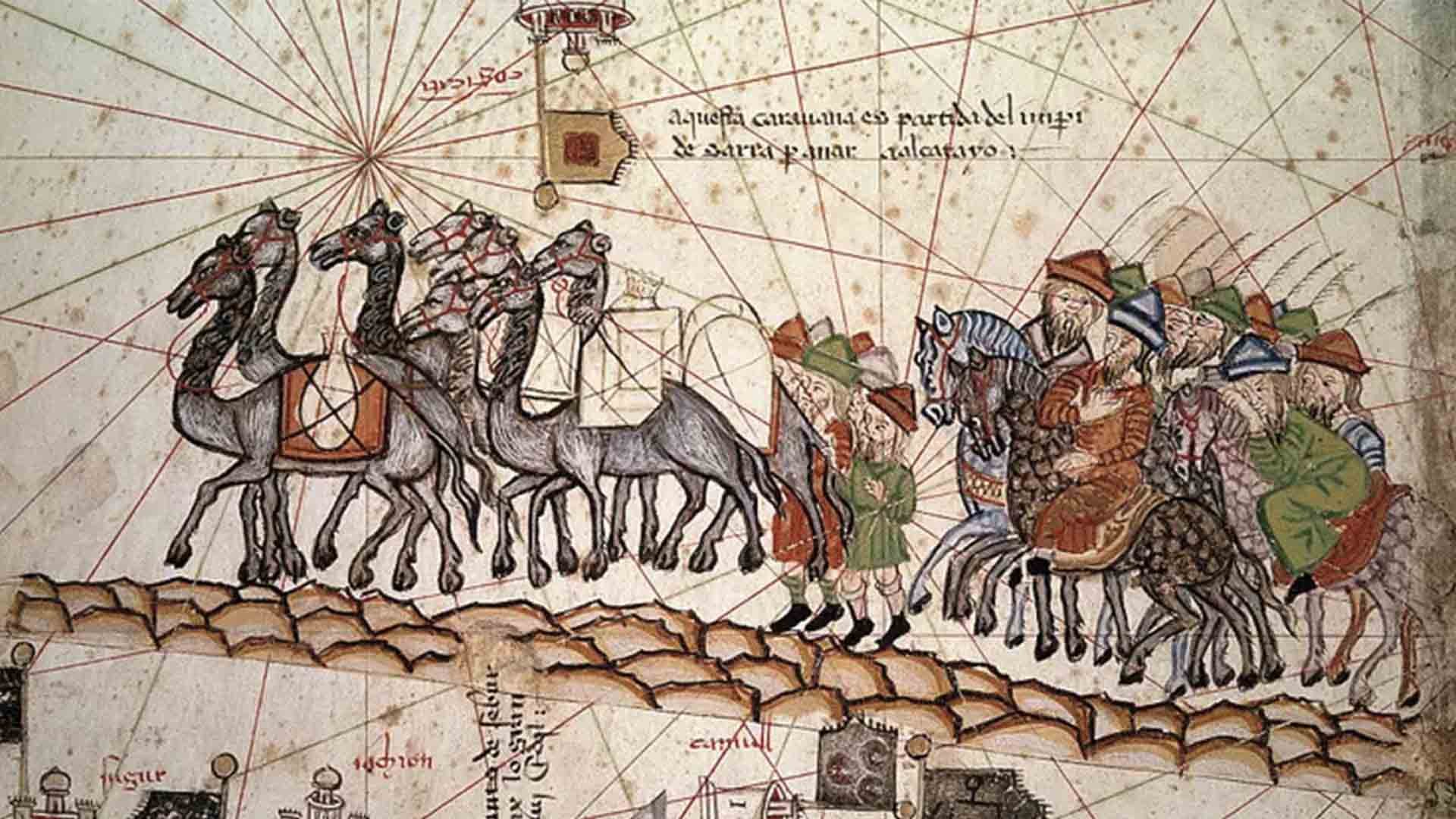For the source text click/tap here: Ketubot 31
To download, click/tap here: PDF
One who shoots an arrow from the beginning of four cubits to the end of four cubits in the public domain on Shabbat, thereby performing a prohibited labor for which he is liable to receive a court-imposed death penalty, and the arrow ripped silk as it proceeds, is exempt from the obligation to pay for the silk because he is liable for the more severe punishment for desecrating Shabbat.
Although the silk was ripped prior to completion of the prohibited labor, as the arrow had not yet come to rest, he is nevertheless exempt, as lifting is a prerequisite for placement.
The prohibited labor of carrying on Shabbat is comprised of lifting of the object and placement.
Once he shot the arrow, its movement through the air is a continuation of his act of Shabbat desecration, for which he is liable to be executed.
We explore the history of silk in antiquity and the intersection of the silk trade routes and the Jews, concluding recent finds in the Cairo Geniza as well as from Afghanistan.

